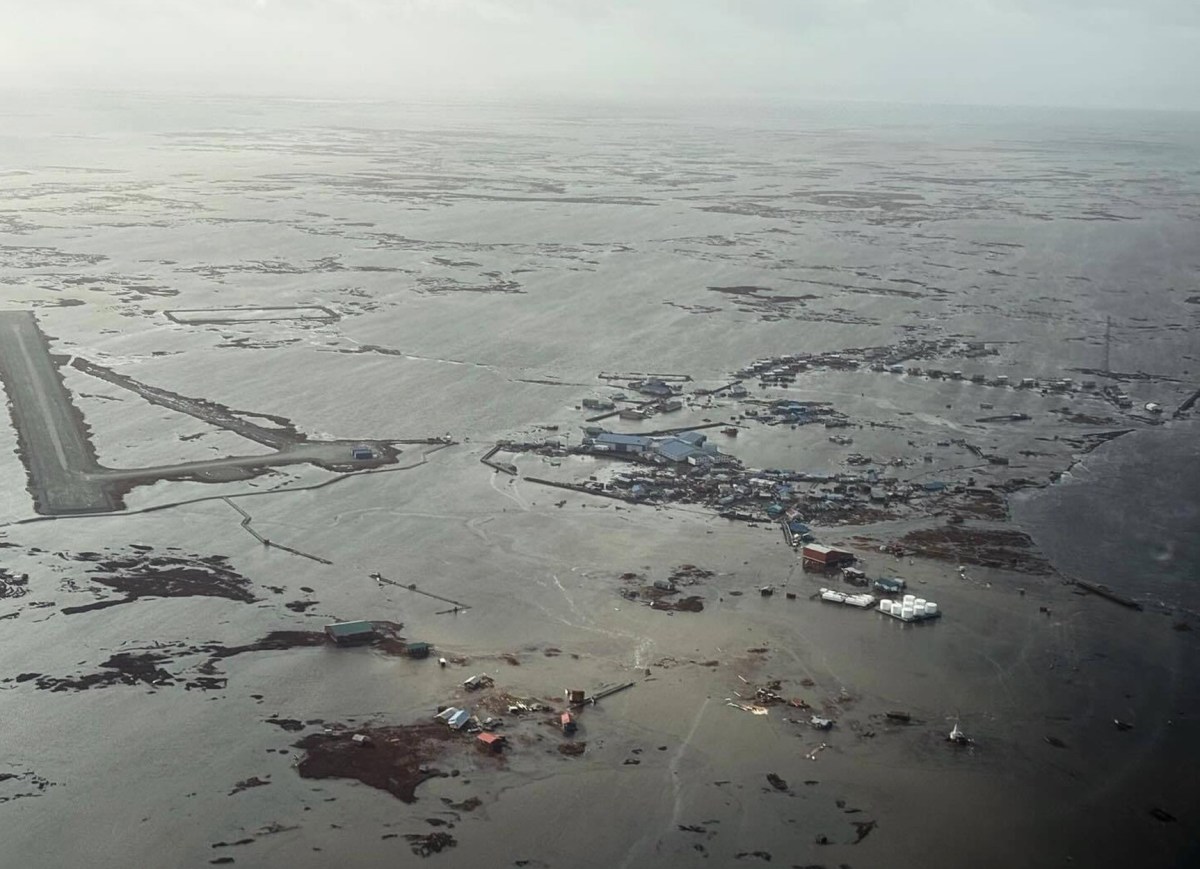Officials with the Alaska Department of Fish and Game are extending moose seasons for resident hunters in parts of southwestern Alaska that were hit by Typhoon Halong in October. The extensions and additional tags are meant to buoy local communities and subsistence hunters in the Yukon-Kuskokwim Delta — many of whom were displaced or impacted by the storm and could use the extra moose meat.
“The typhoon destroyed homes, displaced over 1,000 residents, and ruined critical subsistence food stores in Yukon-Kuskokwim Delta villages, threatening winter food security,” ADFG officials explained in their initial announcement. “These permits, prioritized for subsistence users affected by the typhoon, aim to replenish lost food sources.”
The first season extension was announced by ADFG on Oct. 27, and it applies to Zone 1 of the Kuskokwim RM615 moose hunt area. Under the extension, ADFG is offering 100 moose tags to licensed resident hunters who have not harvested a moose since July 1. Those permits will be available online starting Nov. 5, and the extended season will run from Nov. 5 to Jan. 15, with a bag limit of one moose per hunter.
The second emergency order was announced Monday for the RM617 Quinhagak moose hunt area. That announcement did not mention a cap on permits, which will be issued only to resident hunters who haven’t harvested a moose since July 1. ADFG says the new, extended season will run from Nov. 5 to Jan. 15, or until the agency’s harvest objective of 25 bull moose is met. (Only four bulls were reported harvested during the regular fall season, according to the agency.)
Officials say that with moose populations at the upper end of management goals in these areas, there are enough animals to sustainably provide for the additional harvest.
Read Next: 16 Powerful Photos of the Sportsmen and Game Wardens Who Helped Rescue Hurricane Katrina Survivors
Both hunt areas are located in the Yukon-Kuskokwim Delta, a large and remote, roadless area with dozens of small villages scattered along the coast. Most of the residents in these villages are native Alaskans who rely on subsistence hunting and fishing — with moose and salmon being two of their most important food sources. And with Typhoon Halong making landfall late at night on Oct. 11, many of these critical stores were lost or damaged in the storm.
Although the typhoon impacted a huge swath of the Y-K Delta, the coastal villages of Kipnuk, Napakiak, and Kwigillingok were among the hardest hit. Entire communities there had to be evacuated as residential areas were inundated and homes were swept away by the storm surge. More than 1,500 people along the coast were displaced by the typhoon, and officials say it could take years for those communities to recover.
Read the full article here





